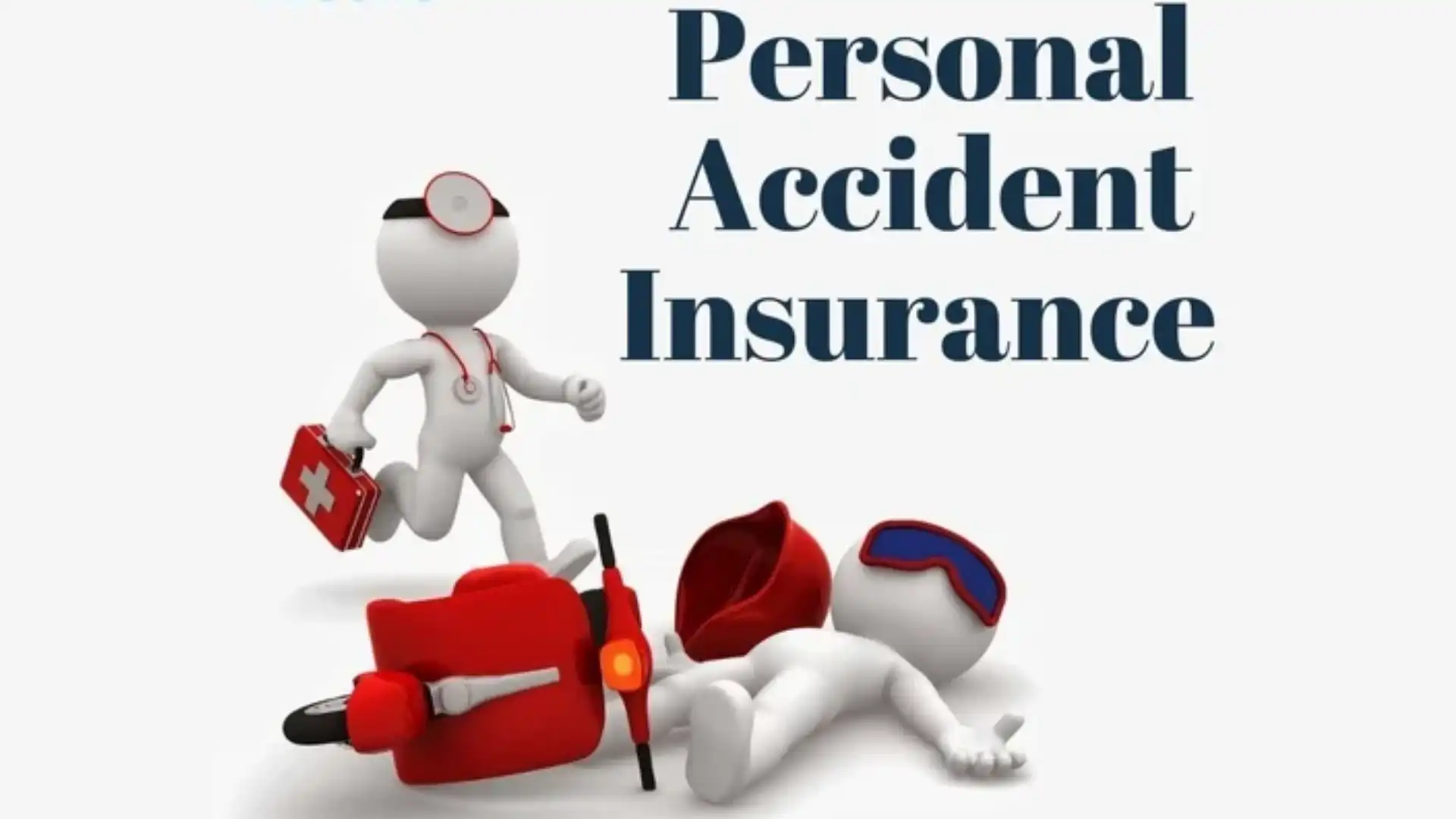Business
Personal Accident Insurance Policy Structure

Accident insurance policies are a necessary investment that can safeguard you from the financial implications of accidents. They are mainly of two types- personal and group policies. As the name suggests, personal accident policies cover the treatment costs of a single individual, whereas group policies are meant for a section of people belonging to a particular organisation.
Personal accident cover insurance provides you with the required monetary assistance during challenging times, even if you are not a part of an organization. However, to maximize the benefits of personal accident policy, it is essential to understand its structure. This is where this article comes in. Read ahead to learn how personal accident insurance policies are designed to offer comprehensive protection in the aftermath of unexpected accidents.
How are Personal Accident Policies Structured?
Personal accident policies provide coverage for individuals in the case of accidental injuries, disability, or death. The structure of these policies typically includes the following key components:
Coverage
Personal accident insurance documents outline the specific events and circumstances that are covered under the policy. These may include incidents such as road accidents, falls, burns, and other unforeseen accidents.
Benefits
These policies provide various benefits depending on the severity of the injuries or disabilities sustained. Some of the key benefits provided by accident policies include:
- Accidental Death Benefit: In the unfortunate case of the policyholder’s death due to an accident, the policy provides a lump-sum payment to the designated beneficiaries. This benefit can help the beneficiaries cover immediate expenses and provide financial support for the family’s future needs.
- Permanent Disability Benefit: The claim amount under these policies also helps in case the policyholder suffers a permanent disability, such as the loss of limbs, sight, or hearing. This benefit can assist in covering medical expenses, rehabilitation costs, and ongoing living expenses.
- Temporary Total Disability Benefit: In cases where the policyholder is temporarily unable to work due to accident injuries, the policy may provide a weekly or monthly income replacement for a specified period. This benefit helps the insured individual manage their financial responsibilities during the recovery period.
- Medical Expense Reimbursement: Personal accident policies often cover various medical expenses resulting from an accident, including hospitalisation costs, surgery, ambulance services, and other related medical treatments. Reimbursement for these expenses can help alleviate the financial burden of medical care required after an accident.
- Education Benefits: Some personal accident policies offer education benefits for dependent children in the event of the policyholder’s death or permanent disability. These benefits can help cover the costs of the children’s education, ensuring that their future educational needs are still met despite the family’s financial challenges.
Exclusions
Personal accident policies also specify certain exclusions that are not covered under the policy. Common exclusions may include injuries resulting from pre-existing medical conditions, self-inflicted injuries, injuries due to participation in hazardous activities, and injuries resulting from war or acts of terrorism, among others.
Premiums
Policyholders are required to pay premiums to maintain their personal accident coverage. Premium amounts are determined based on various factors such as the individual’s age, occupation, health status, and the level of coverage selected. Policyholders can choose from different premium payment options, including monthly, quarterly, or annual payments.
Policy Duration
Personal accident policies can be purchased for a specific duration, such as one year, with an option to renew at the end of the policy term. Renewal may be subject to a reassessment of the policyholder’s risk profile and any changes in premium rates.
Claim Process
The policy documents outline the claim filing procedures in the event of an accident. Policyholders are typically required to notify the insurance provider within a specified time frame after the occurrence of the accident. The claim process involves providing detailed documentation, such as medical records, hospital bills, police reports, and other relevant evidence to support the claim.
To Sum Up
The above points list the general provisions that are a part of most accident policies. However, every individual personal accident insurance may have different particulars based on the insurer that offers them. It is, therefore, important to carefully understand what personal accident insurance means and review the terms and conditions of every policy in detail.
Niva Bupa offers the Accident Care plan that provides an insurance cover of up to ₹2 crore, with annual premiums starting at just ₹6,444. In addition to the 30-minute cashless claim processing facility and access to Niva Bupa’s 10,000+ network hospitals, this plan also offers assured renewal, worldwide coverage, free look period and customisation options.
Head on to Niva Bupa’s best health insurance company in India to learn more about this plan and avail yourself of comprehensive accident insurance protection.
Kenneth is a proud native of sydney, born and raised there. However, he pursued his education abroad and studied in Australia. Kenneth has worked as a journalist for almost a decade, making valuable contributions to prominent publications such as Yahoo News and The Verge. Currently, he serves as a journalist for The Hear Up, where he focuses on covering climate and science news. You can reach Kenneth at [email protected].










